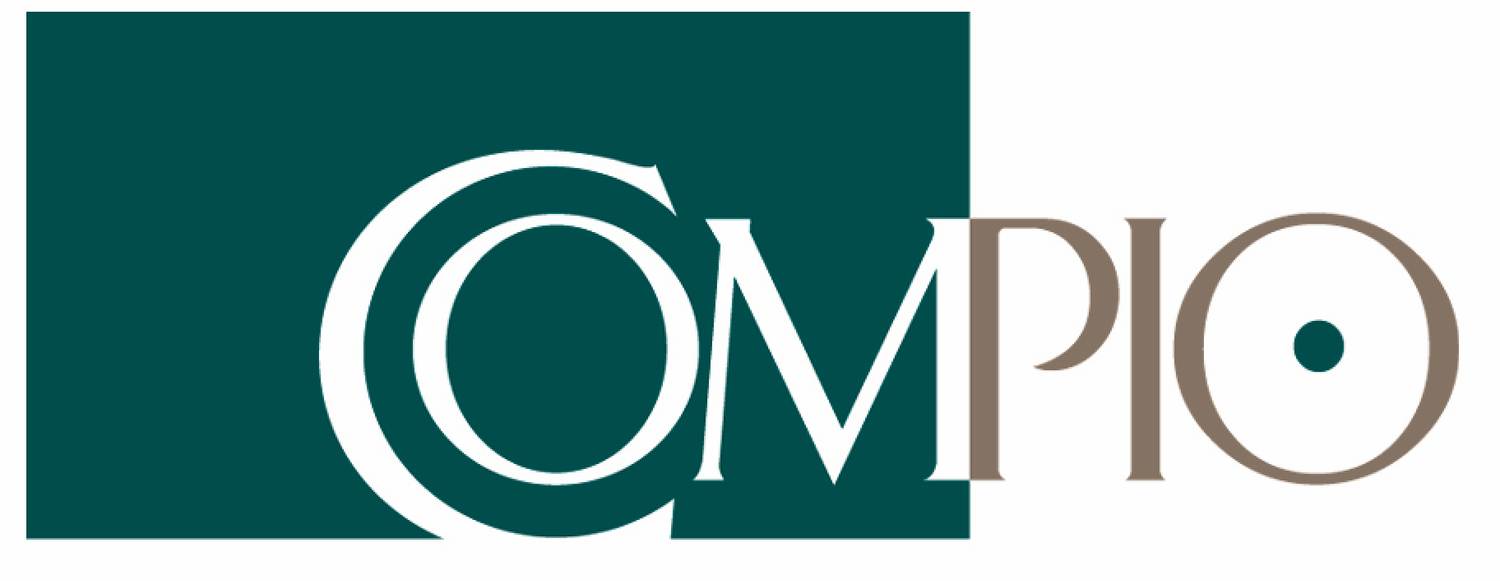Differentiating Strengths
Many times your greatest strengths aren’t your most important ones.
This became crystal clear to a team of sales executives I worked with a few years ago.
It was easy to see their shared strengths. Each had sophisticated commercial insights, was competitive and goal driven, and engaged their customers and teams with discerning emotional intelligence.
These are all significant strengths. But one leader really pulled the team forward.
How?
With the strength that made her different: her sophisticated understanding of an evolving regulatory environment.
Another client was a strategic and holistic thinker with deep financial acumen.
The strengths his stakeholders valued most?
His meeting leadership. In the midst of ongoing, accelerating changes, his meetings created an oasis of dependable clarity and productivity.
Yes, it’s important to know your leadership strengths. But that’s not enough. To excel at a given time or in a given situation, you need to know your differentiating strengths.
To do so requires two types of awareness: self awareness and context awareness.
Self awareness includes understanding how your leadership strengths, risks, values and motivations impact your leadership of yourself, your leadership of others and your leadership of work.
Your context awareness can
Be focused internally: discerning between formal and informal roles and power-bases, competing priorities, multi-disciplinary opportunities …
And externally: keeping tabs on the evolving expectations of key partners, industry and market trends, impending legislation ….
Your differentiating strengths may not always be the ones you expect, and they can change with the context.
What won’t change is how your ability to monitor the context and provide differentiating strengths helps you add value in a way few others can.

